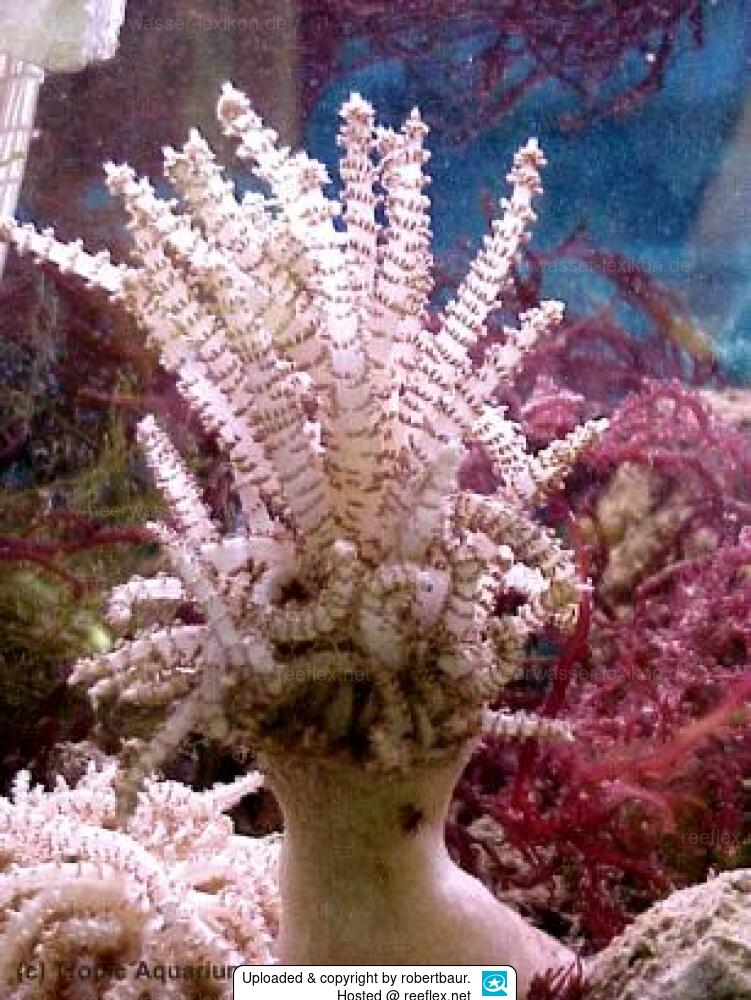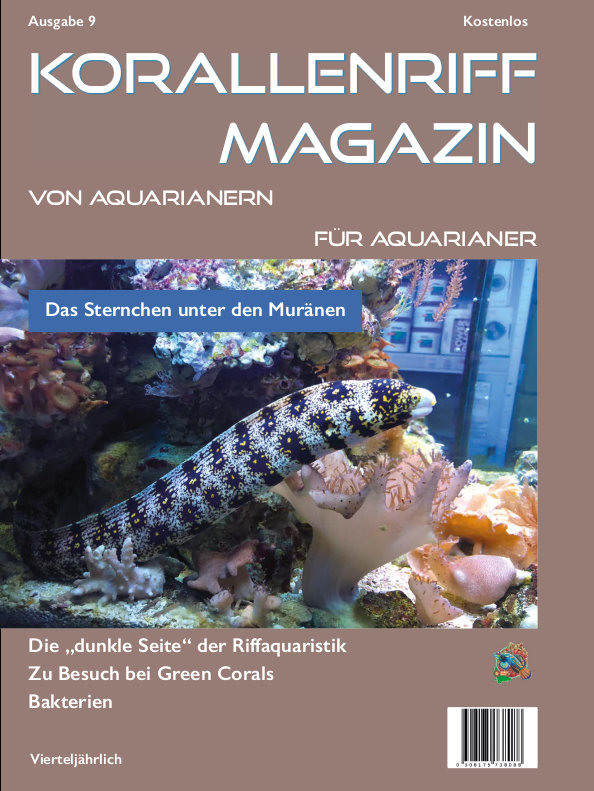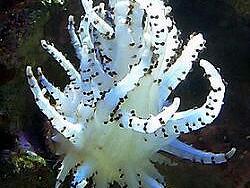Info
Studeriotes longiramosa Kükenthal, 1910
Range: Indo-West Pacific Ocean: Indonesia, Singapore, and the Philippines.
Natural Environment: Occurs in shallow to medium water depths on soft sand or rubble bottoms having somewhat turbid conditions and moderate water movement where it is found firmly 'rooted' in the substrate.
General Husbandry: Occasionally available in the trade, yet not overly popular, as it is a difficult coral to maintain long-term.
Needs to have its base firmly planted in the substrate, which should be composed of fine sand, where it will send out 'roots' (tendrils) to anchor itself.
Since this species is non-photosynthetic, it requires hand feeding in captivity. During daylight hours, it will expand upwards and form a 'tree-like' structure where its branches with small polyps should be fed meaty type foods, e.g., rotifers, newly hatch brine shrimp or a zooplankton-type product at least twice daily. During evening hours, the branches are folded inward and pulled downward into the column as it retracts for the remaining nighttime hours, almost like an anemone retracting its tentacles.
Range: Indo-West Pacific Ocean: Indonesia, Singapore, and the Philippines.
Natural Environment: Occurs in shallow to medium water depths on soft sand or rubble bottoms having somewhat turbid conditions and moderate water movement where it is found firmly 'rooted' in the substrate.
General Husbandry: Occasionally available in the trade, yet not overly popular, as it is a difficult coral to maintain long-term.
Needs to have its base firmly planted in the substrate, which should be composed of fine sand, where it will send out 'roots' (tendrils) to anchor itself.
Since this species is non-photosynthetic, it requires hand feeding in captivity. During daylight hours, it will expand upwards and form a 'tree-like' structure where its branches with small polyps should be fed meaty type foods, e.g., rotifers, newly hatch brine shrimp or a zooplankton-type product at least twice daily. During evening hours, the branches are folded inward and pulled downward into the column as it retracts for the remaining nighttime hours, almost like an anemone retracting its tentacles.







 robertbaur
robertbaur






